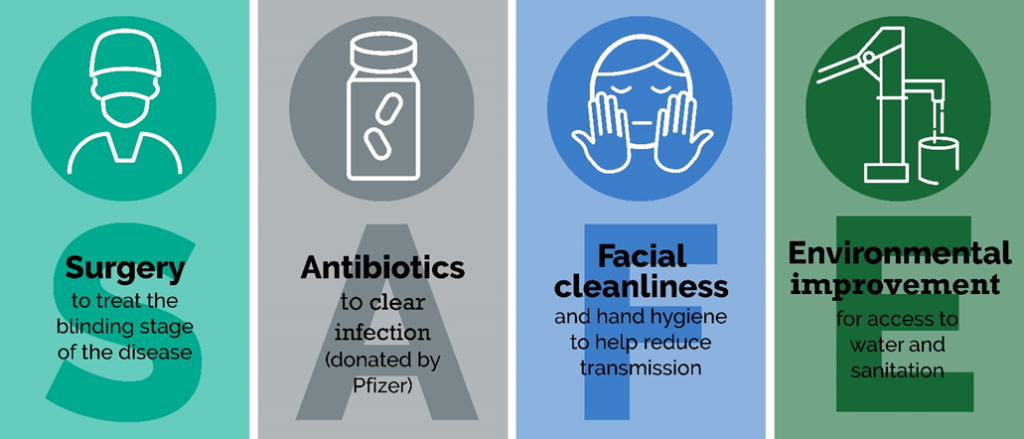India has eliminated trachoma as a public health problem, the World Health Organisation (WHO) has confirmed. Trachoma, one of the leading causes of blindness globally, has long been a public health concern, but India’s efforts have successfully eradicated it.
Trachoma, A Disease Eliminated By India
Why In News
- India has eliminated trachoma as a public health problem, the World Health Organisation (WHO) has confirmed. Trachoma, one of the leading causes of blindness globally, has long been a public health concern, but India’s efforts have successfully eradicated it.
- With this achievement, India joins Nepal and Myanmar in the WHO South-East Asia Region and 19 other countries that have ridden themselves of trachoma.
- “India’s elimination of trachoma as a public health problem is a testimony to the country’s commitment to alleviating the suffering that millions have faced from this debilitating disease,” said Dr Tedros Adhanom Ghebreyesus, WHO Director-General. He added the organisation worked closely with India to realise this achievement.
What Is Trachoma
- Trachoma is a debilitating eye disease caused by the bacterium Chlamydia trachomatis, according to the WHO. The infection spreads through personal contact, such as hands, clothing, bedding, or surfaces, and by flies that have come into contact with the discharge from the eyes or noses of infected individuals.
- In 2019, AIIMS along with the National Program for Control of Blindness & Visual Impairment under the health ministry issued guidelines to implement WHO’s SAFE strategy for trachoma elimination.
- The WHO defines the elimination of trachoma as a public health problem when the prevalence of trachomatous trichiasis is less than 0.2% in people aged 15 years and above, and the prevalence of active trachoma in children aged 1-9 years is less than 5%.
Transmission And Symptoms
- Repeated infections can cause eyelashes to turn inward, leading to painful rubbing against the eye’s surface, which can result in potential corneal damage.
- This constant irritation and rubbing of the eyelashes against the eye can cause corneal scarring and result in visual impairment or blindness if left untreated. In severely endemic regions, blindness can occur in childhood, though it typically appears between the ages of 30 and 40.
- Trachoma disproportionately affects women, who are up to four times more likely to be blinded than men, due to their more frequent contact with infected children.
- Environmental factors that can lead to trachoma transmission:
- Poor hygiene
- Crowded living conditions
- Lack of access to clean water
- Inadequate sanitation facilities
Prevention and Control Efforts
- To combat trachoma, endemic countries implement the WHO-recommended SAFE strategy, which includes:
- Surgery for individuals with trachomatous trichiasis to prevent blindness.
- Antibiotic treatment to eliminate the infection, particularly through the mass distribution of azithromycin, which the manufacturer donates via the International Trachoma Initiative.
- Facial cleanliness promotion to reduce transmission risk.
- Environmental improvements, especially in water and sanitation access.
- Trachoma remains a significant public health problem in 39 countries, causing blindness in approximately 1.9 million people worldwide, reports WHO.
- The disease is one of the leading causes of preventable blindness, making it a critical target for global health initiatives. Despite its preventability, reversing blindness caused by trachoma is extremely challenging.
- In 2021, healthcare providers offered surgical treatment to 69,266 individuals suffering from advanced stages of the disease, and 64.6 million people received antibiotics.
- Global antibiotic coverage reached 44 % that year. In 1971, blindness due to Trachoma was 5%, owing to the various interventions under the National Programme for Control of Blindness & Visual Impairment (NPCBVI), it has come down to less than 1%.
- As a result, in 2017, India was declared free from infective Trachoma. However, surveillance continued for trachoma cases in all the districts of India from 2019 onwards till 2024.
























